15 Key Tips to Help You Water Your Garden More Effectively in Summer
Watering your garden in summer requires some care to keep plants healthy and thriving. The heat and dry conditions can quickly dry out soil and stress your plants. Knowing when and how to water makes a big difference in their growth. Simple changes in your watering routine can save water and prevent common problems. Paying attention to your garden’s needs helps you avoid both overwatering and underwatering. Using the right techniques keeps your plants strong during hot weather. These tips will guide you to make the most of your summer watering efforts.
This post may contain affiliate links, which helps keep this content free. Please read our disclosure for more info.
Use Soaker Hoses
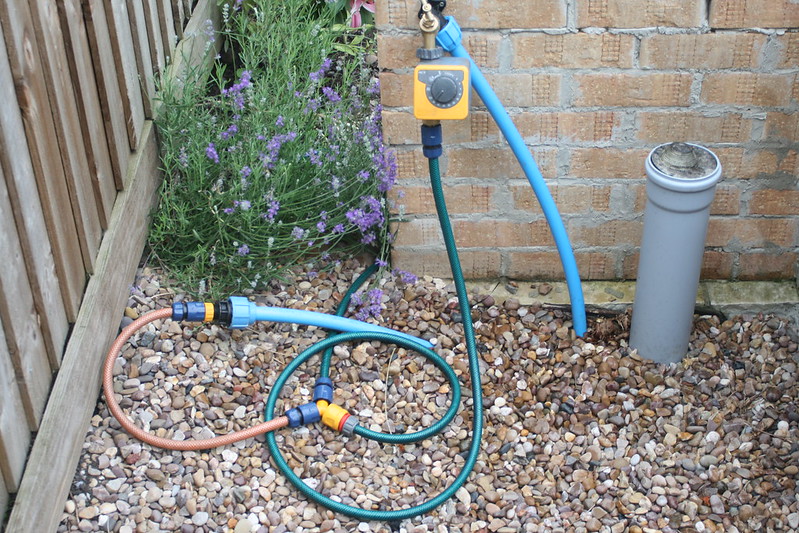
Soaker hoses deliver water directly to the soil around plants, minimizing waste caused by evaporation or runoff. This slow, steady watering method keeps roots moist without wetting the leaves excessively. It is especially useful for vegetable gardens and flower beds.
By applying water slowly, soaker hoses help maintain even soil moisture, which encourages strong root development. They also reduce the chance of diseases that spread through wet foliage. Using soaker hoses can save time and water compared to overhead sprinklers.
Mulch Around Plants
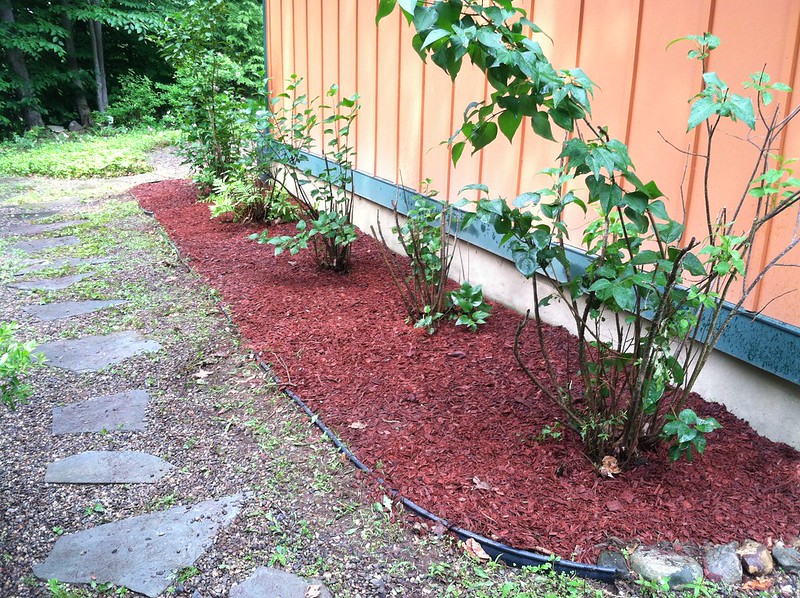
Applying mulch around your plants helps retain soil moisture and keeps the roots cool during hot weather. Organic mulches like wood chips, straw, or compost break down over time and improve soil quality. They act as a barrier to evaporation, reducing the amount of water your garden needs.
Mulching also suppresses weeds that compete for water and nutrients. By keeping the soil temperature stable, mulch supports steady growth and reduces plant stress during summer heat. This simple step can make a noticeable difference in your watering routine.
Check Soil Moisture Regularly

Understanding how wet or dry your soil is can help you decide when and how much to water. You can check soil moisture by sticking your finger about two inches into the ground. If it feels dry at that depth, it is time to water.
Regular checks prevent overwatering, which can drown roots and cause rot. It also helps avoid underwatering, which stresses plants and slows growth. Getting familiar with your soil’s moisture level leads to better watering decisions throughout the season.
Water Deeply but Infrequently
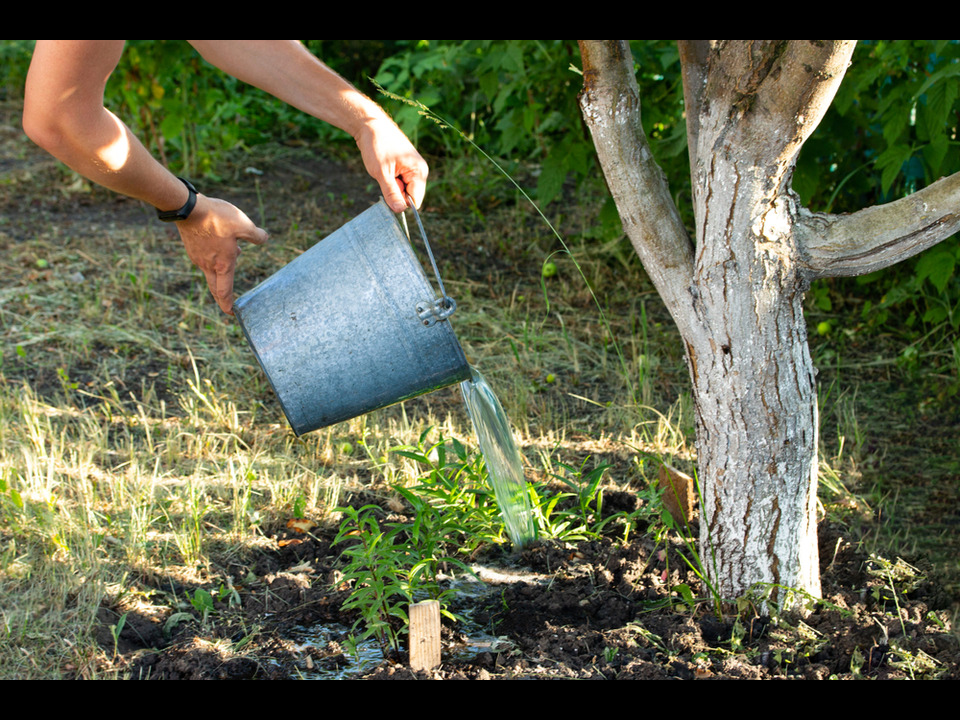
Deep watering encourages plant roots to grow downward, making them stronger and more drought tolerant. Instead of light, frequent watering that keeps roots near the surface, water less often but soak the soil well. This helps plants survive dry spells better.
When water reaches deeper into the ground, roots explore more soil for moisture and nutrients. This creates a healthier root system that supports growth even when the weather is hot and dry. Timing your watering this way makes your garden more resilient.
Use Rain Barrels to Collect Water
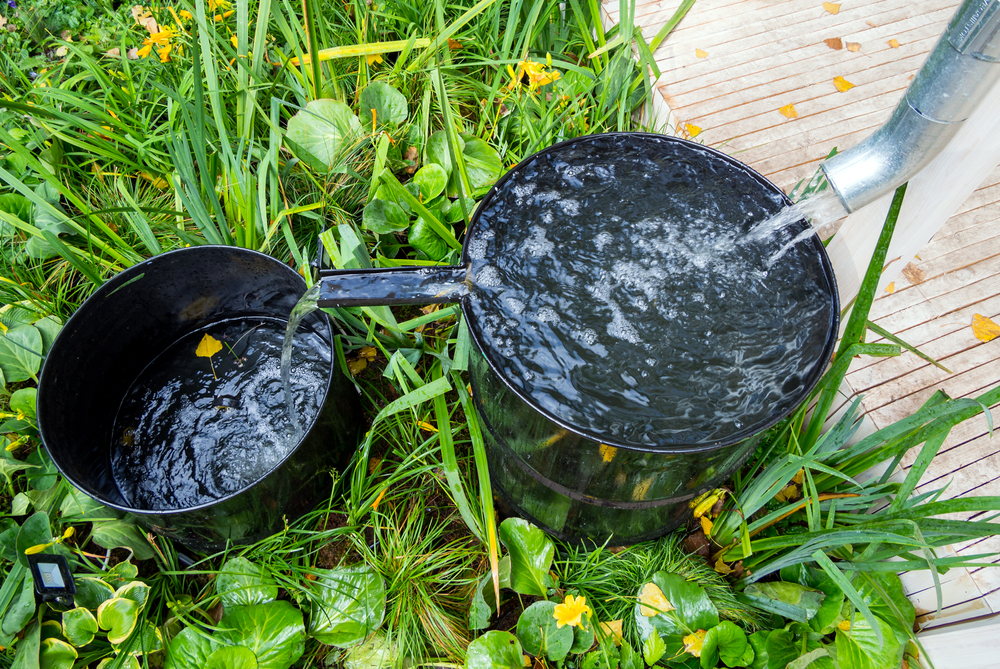
Rain barrels collect runoff from your roof that can be reused for garden watering. This reduces dependence on tap water and helps conserve resources during dry months. The collected rainwater is often better for plants because it is free of chemicals like chlorine.
Using rain barrels gives you a sustainable source of water right in your yard. It also cuts down on water bills and lessens the strain on local water supplies. Setting up rain barrels is a practical way to keep your garden hydrated in an eco-friendly way.
Group Plants by Water Needs
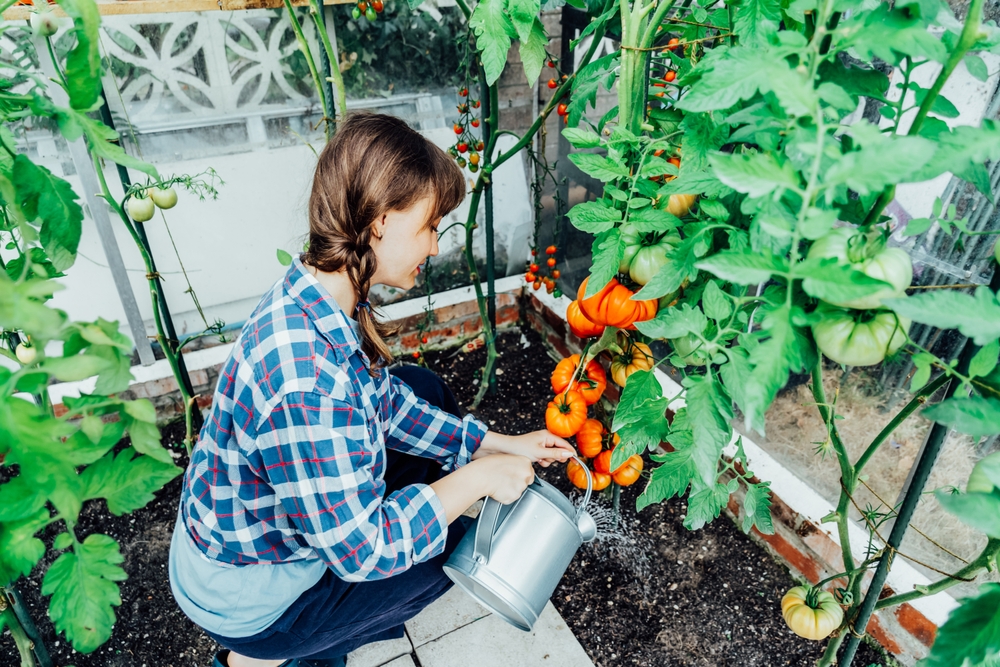
Organizing your garden by grouping plants that have similar water requirements makes watering easier and more effective. Plants with higher water needs can be watered more often, while drought-tolerant plants get less. This method avoids overwatering some plants while underwatering others.
Grouping plants also helps reduce water waste and keeps each species healthier. You can tailor your watering schedule to different sections of the garden, saving time and effort. This approach supports the unique needs of all your plants during summer.
Use Drip Irrigation Systems

Drip irrigation delivers water slowly at the base of each plant, targeting the roots directly. It reduces evaporation and runoff, making watering more efficient. These systems can be set on timers for consistent watering without manual effort.
Drip irrigation keeps foliage dry, lowering the risk of leaf diseases. It is especially useful for gardens with mixed plant types or uneven terrain. Installing a drip system helps maintain soil moisture levels without overwatering.
Avoid Overwatering
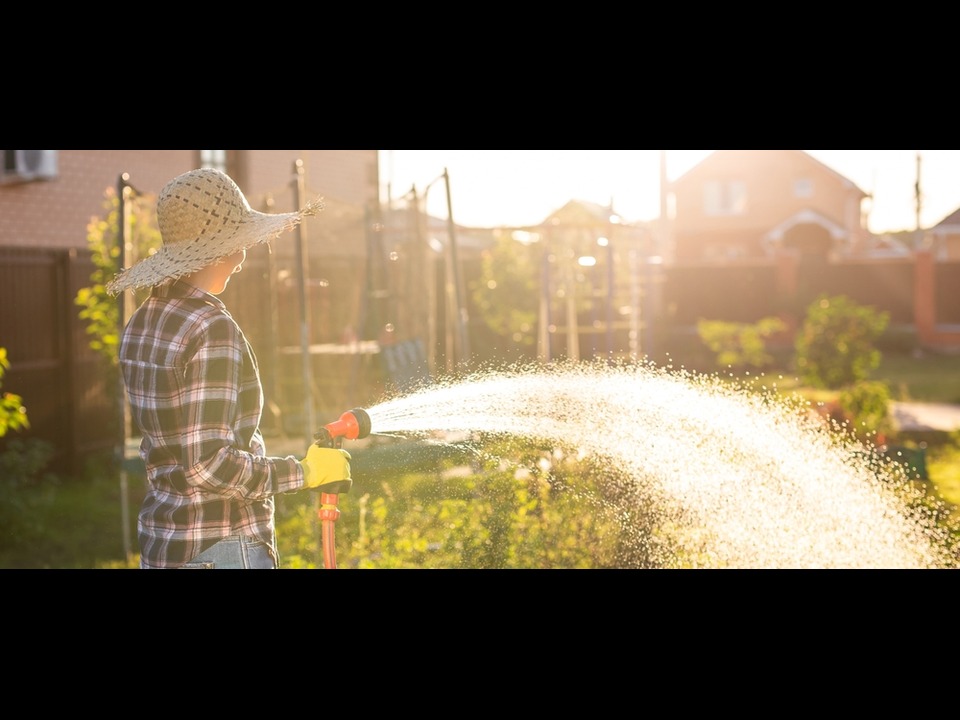
Too much water can be as harmful as too little. Overwatering can suffocate roots, cause nutrient loss, and increase the chance of diseases. It also wastes water and can lead to soggy, unhealthy soil.
To prevent overwatering, observe your plants and soil carefully. Signs of overwatering include yellowing leaves, wilting despite moist soil, and a sour smell from the ground. Keeping water levels balanced promotes strong, healthy plants throughout summer.
Adjust Watering Based on Weather
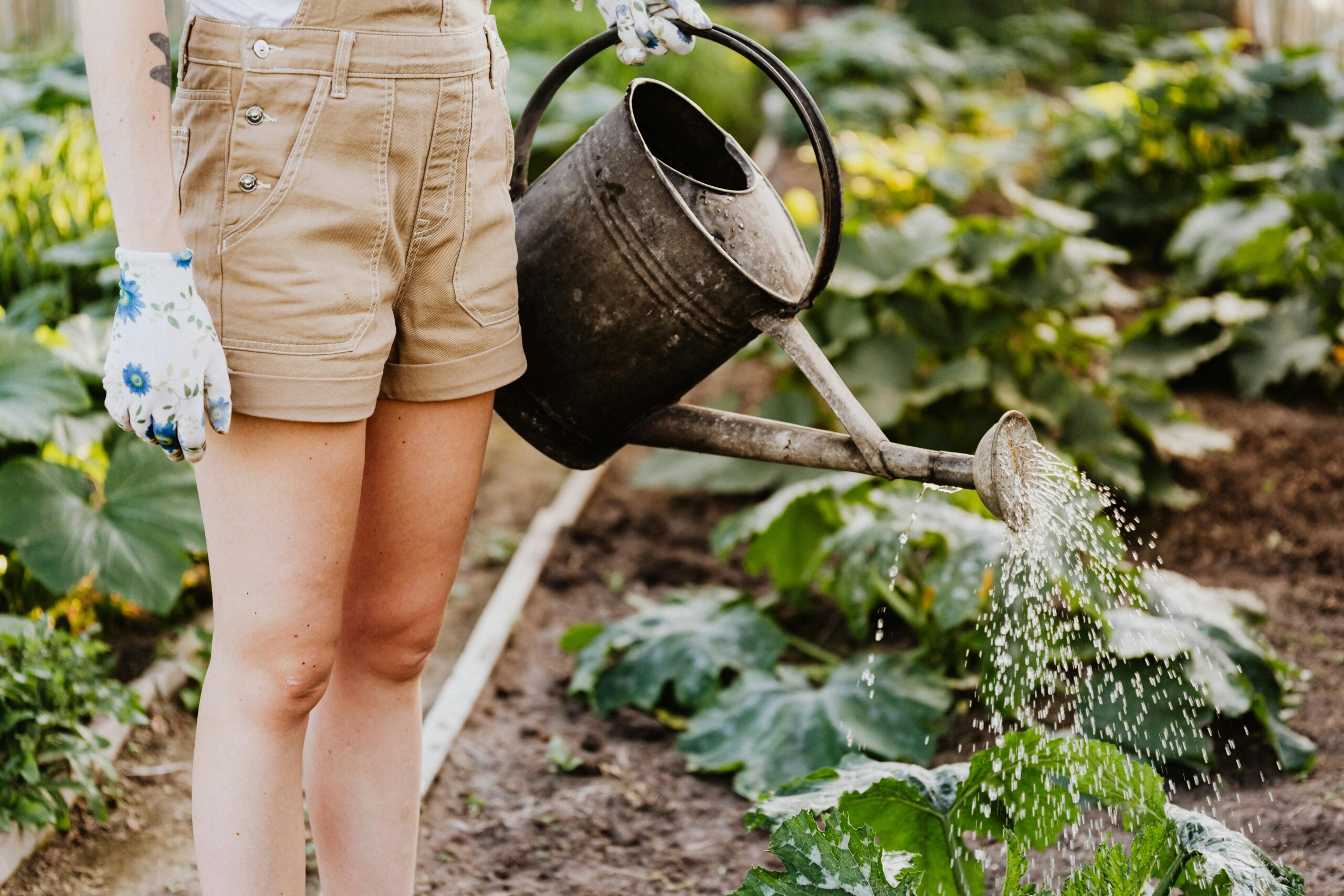
Summer weather can be unpredictable, with sudden heat waves or rainfall. Adjust your watering schedule to match current conditions. On cooler or rainy days, water less frequently or skip watering entirely.
Watching the weather helps conserve water and prevents overwatering. During very hot or dry stretches, increase watering to meet plant needs. Being flexible with watering ensures your garden receives just the right amount of moisture.
Use Mulch to Prevent Soil Crusting
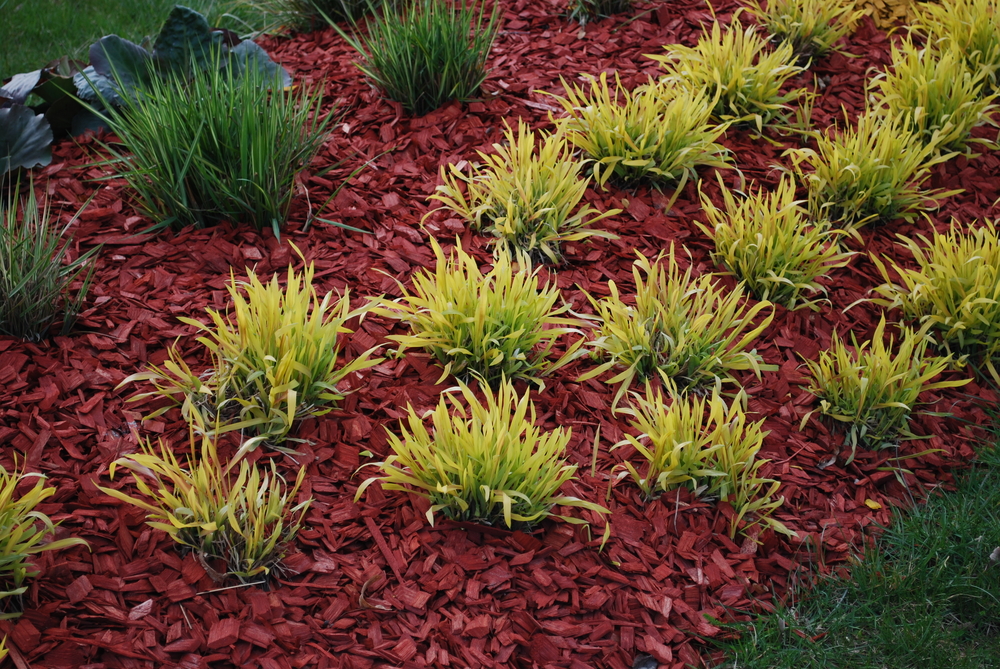
Soil crusting happens when the surface hardens, making it difficult for water to penetrate. Mulch helps prevent this by protecting the soil from direct sun and heavy watering impacts. It keeps soil loose and allows water to soak in more easily.
Avoiding crusting helps roots get the water and air they need. It also reduces runoff and water waste. Adding mulch is a simple way to improve water absorption in your garden.
Water the Base of Plants
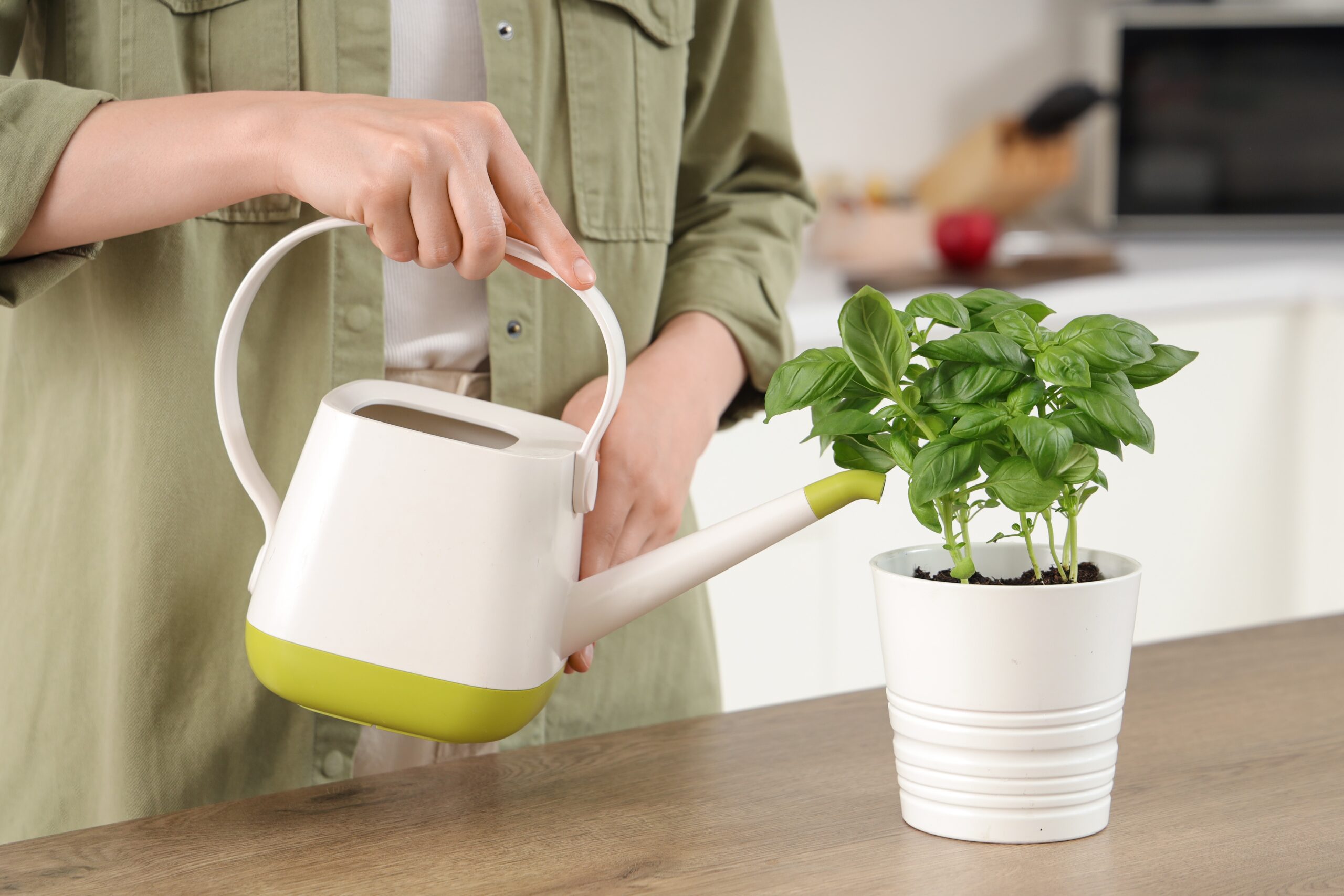
Watering directly at the base of plants ensures moisture reaches the roots where it is needed most. Spraying leaves wastes water and can cause leaf damage in intense sun. Focus your watering at ground level to reduce evaporation.
This method promotes stronger root growth and healthier plants. It also cuts down on fungal problems caused by wet leaves. Paying attention to how you water helps your garden thrive in summer heat.
Use a Rain Gauge
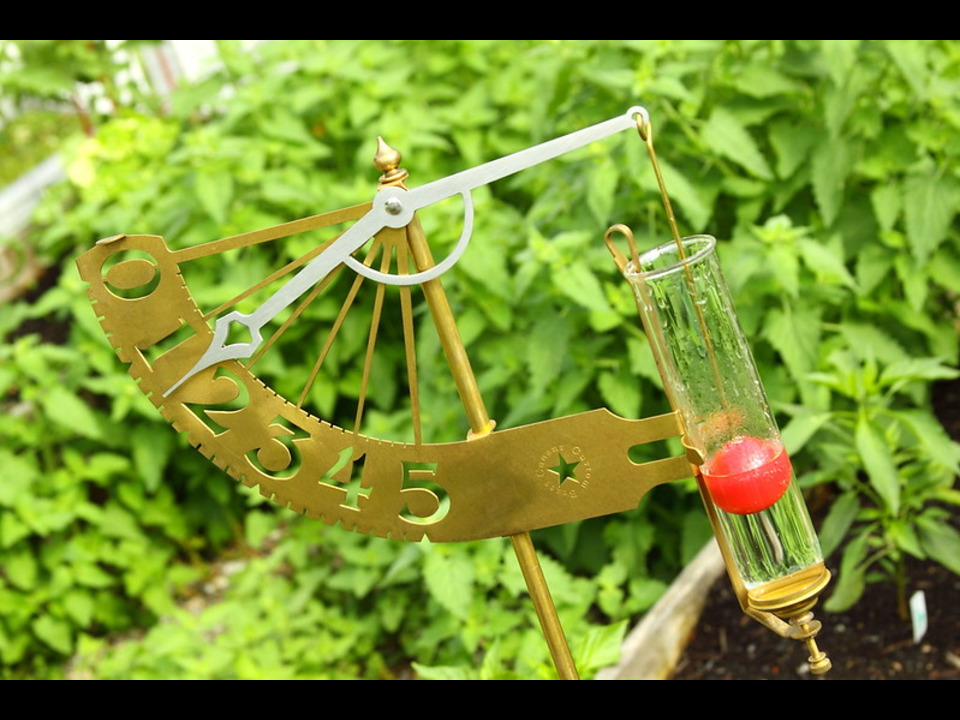
A rain gauge measures how much rain your garden has received. This helps you decide when to water based on natural precipitation. Tracking rainfall avoids unnecessary watering and keeps plants from becoming waterlogged.
Using a rain gauge can save water and money by preventing overwatering. It provides clear information to guide your watering decisions. This tool is especially useful during unpredictable summer weather.
Avoid Watering Plants in Windy Conditions
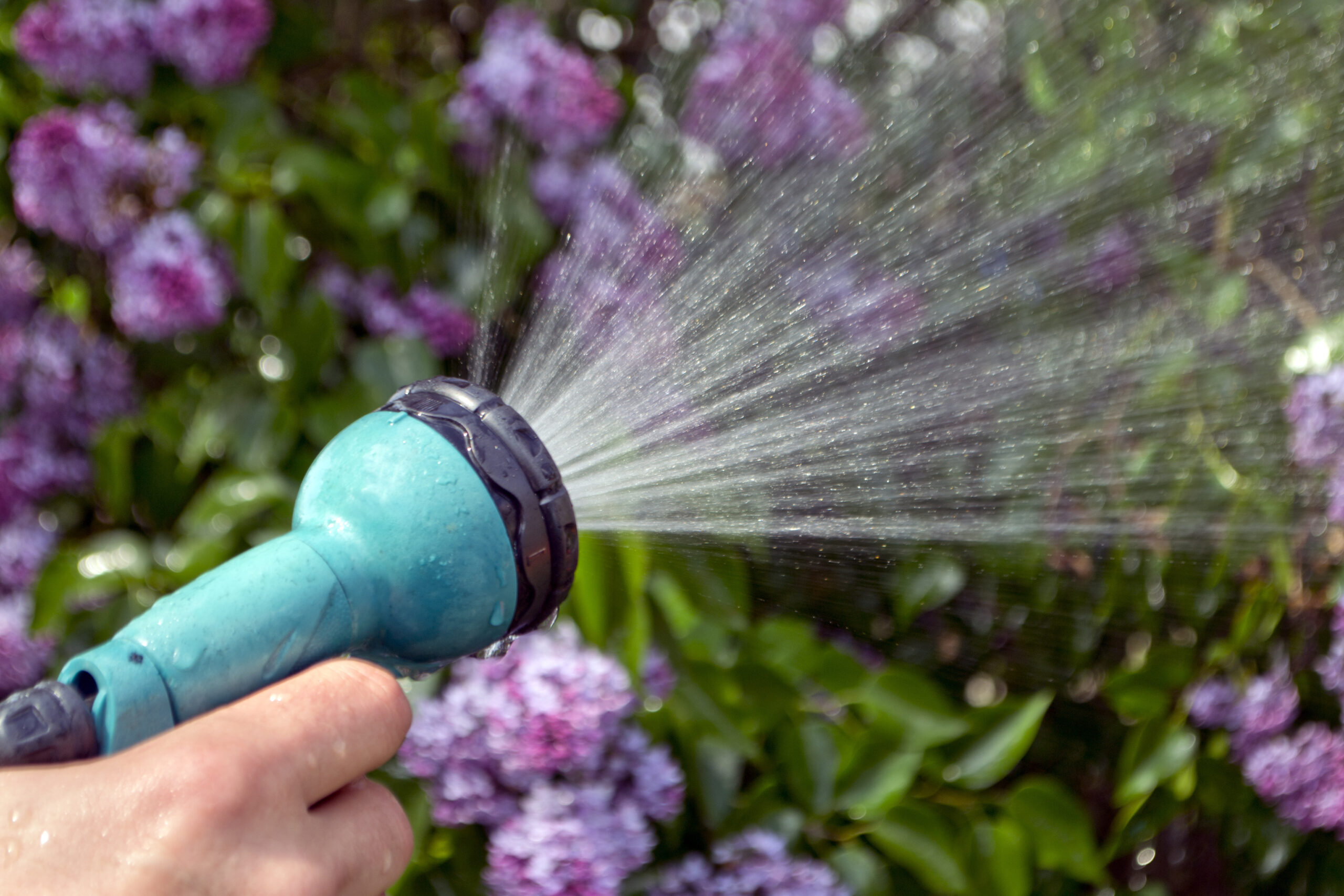
Wind increases evaporation and causes water to blow away before it reaches the soil. Watering on windy days can waste a lot of water and leave plants dry. It can also damage delicate plants by causing water droplets to act like magnifying glasses in the sun.
Try to water when the air is calm for the best results. Early morning or late evening often has less wind. Choosing the right time protects your plants and saves water.
Use Containers with Drainage Holes
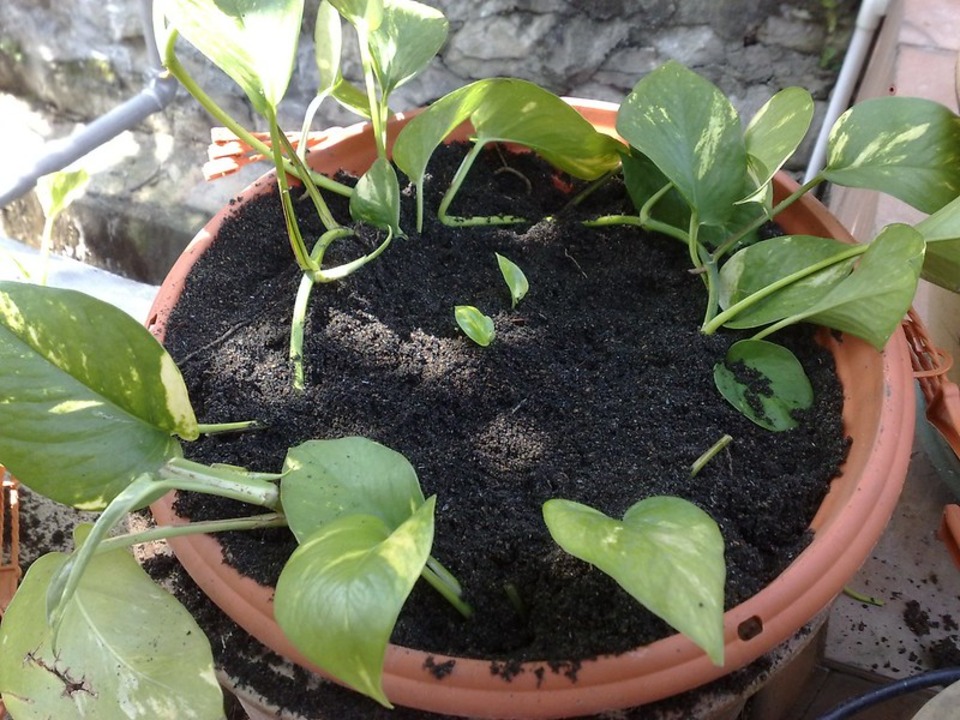
When growing plants in containers, proper drainage is essential to prevent water buildup. Containers with holes allow excess water to escape, stopping roots from sitting in soggy soil. This helps avoid root rot and other moisture-related problems.
Good drainage supports healthy root systems and strong plants. Always check that pots and containers have adequate holes before watering. This simple practice keeps your container garden healthy during the hot months.
Avoid Using a Sprinkler on Hot Days
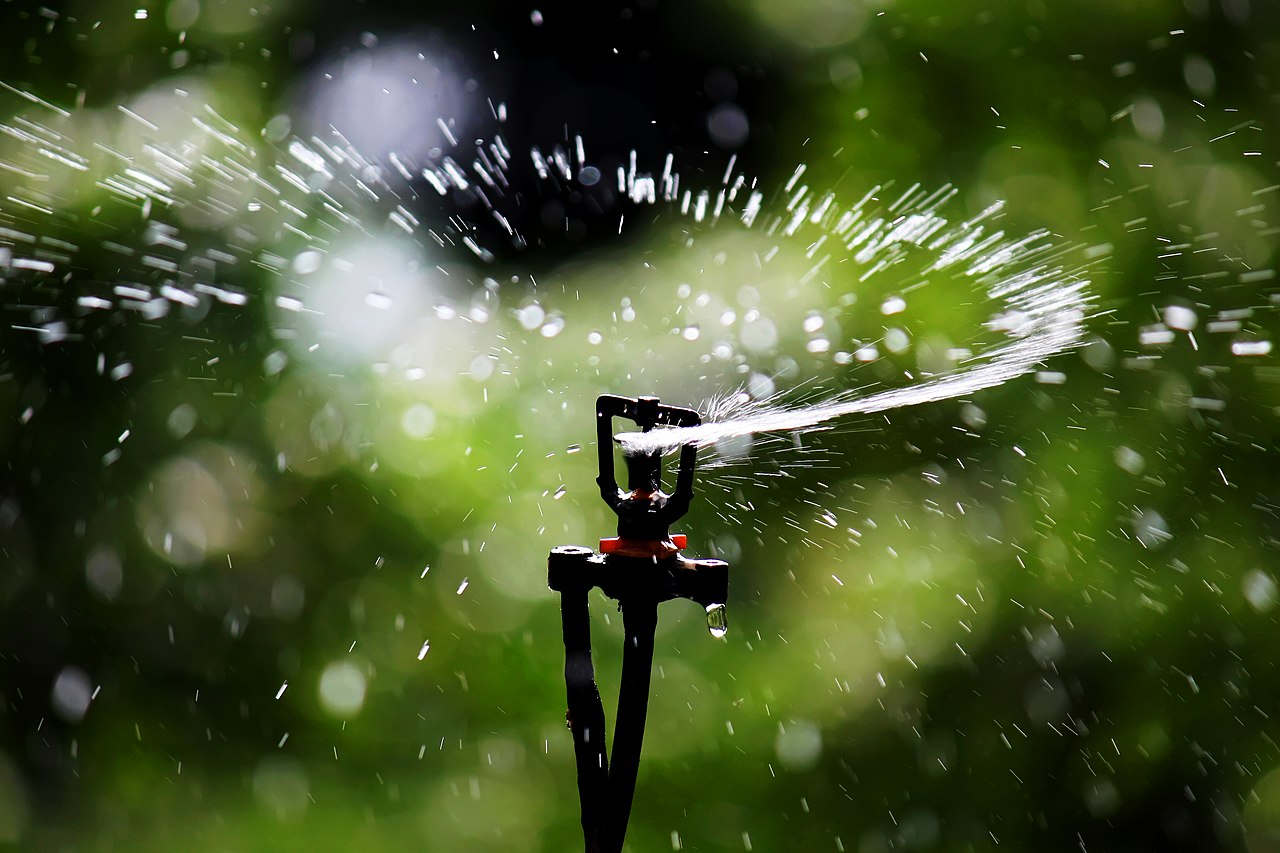
Sprinklers water plants from above, which leads to quick evaporation in hot weather. Much of the water is lost before it can soak into the soil. Using sprinklers on hot summer days can waste water and leave your garden thirsty.
Instead, use drip irrigation, soaker hoses, or hand watering in the heat. These methods put water where it is needed and reduce waste. Being mindful of watering methods helps maintain garden health.
This article originally appeared on Avocadu.
